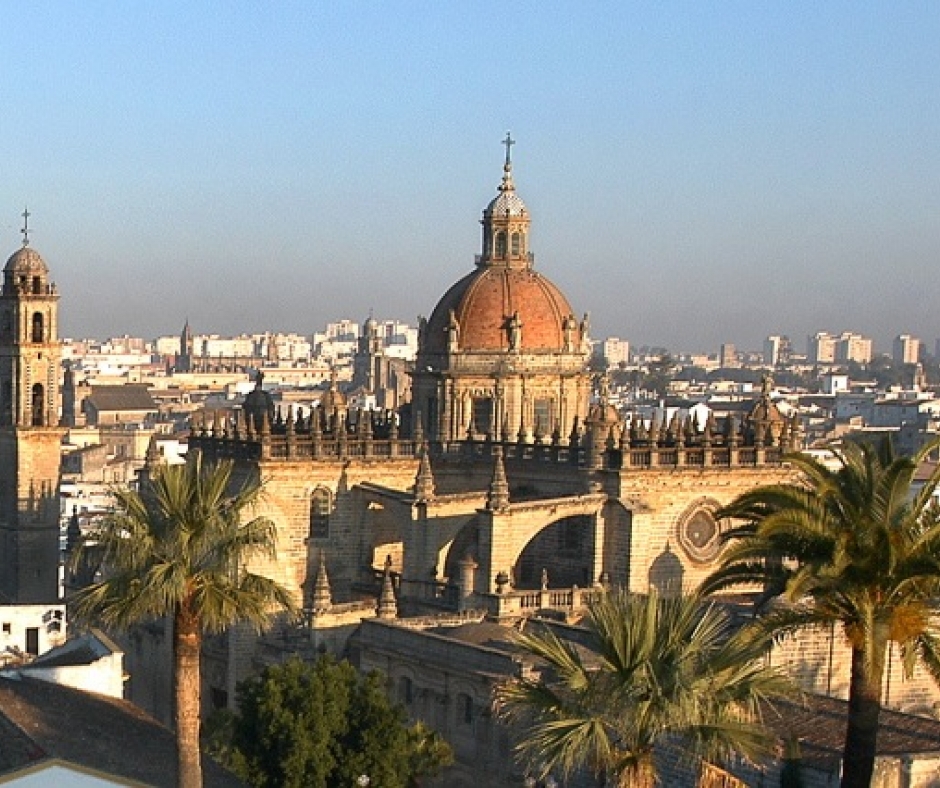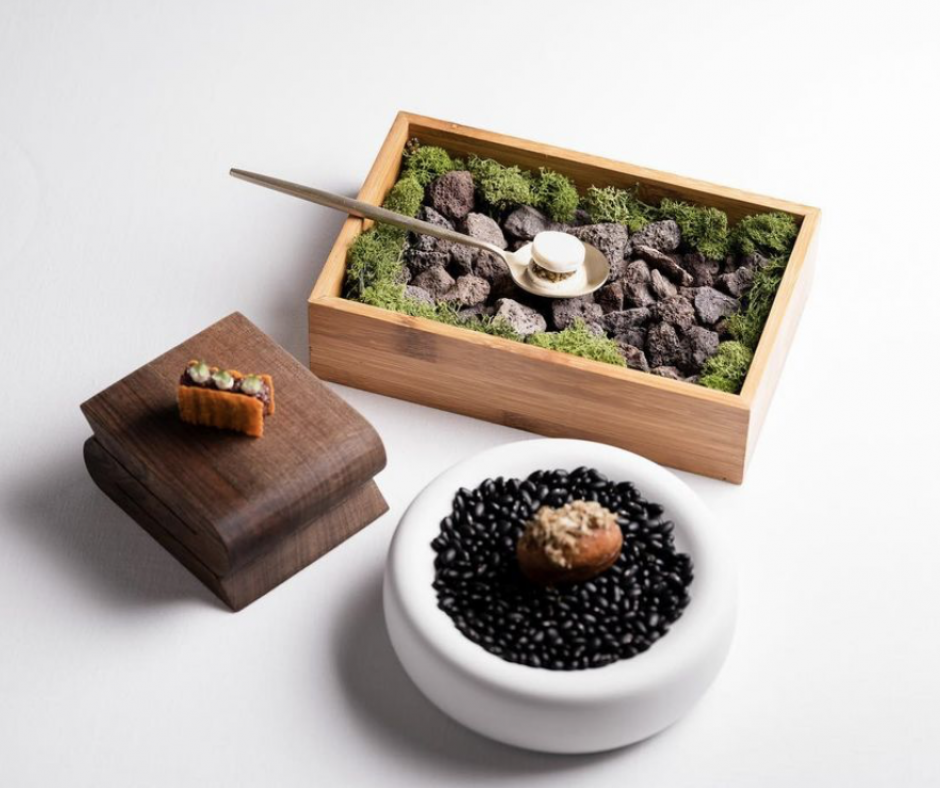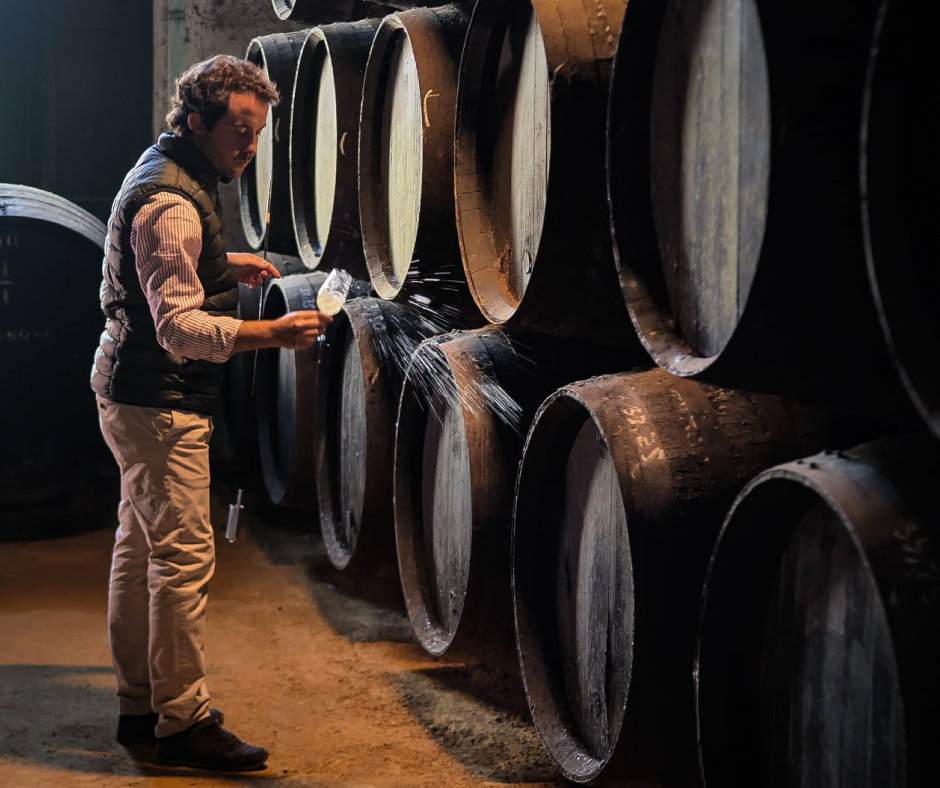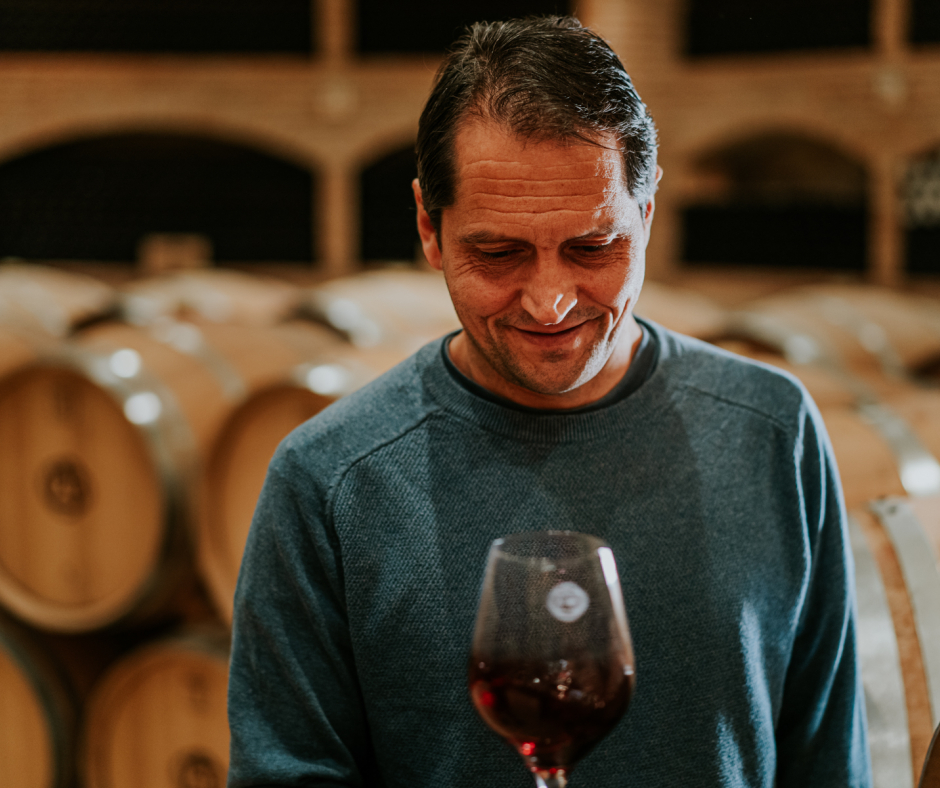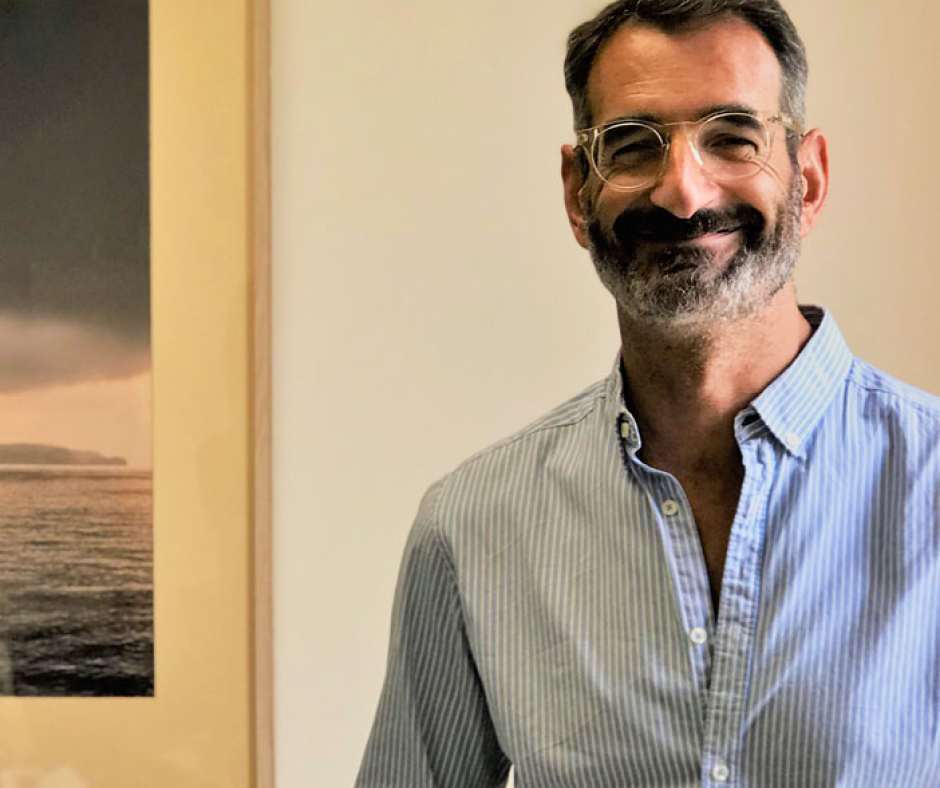About Vinoble 2024
The location
The Alcázar of Jerez
A former moorish alcázar
VINOBLE takes place in an absolutely unique setting: a fortress complex built between the XII and XVIII centuries, whose beauty and historic value are in complete harmony with the nobility of the wines being exhibited at the fair.
The Alcázar de Jerez is one of the most emblematic monuments of the city, and the oldest, and its beauty dazzles all who visit it. The word “alcázar” derives from the Arabic “al-qasr” which defines a group of buildings surrounded by walls forming a defensive complex, and it is situated at the highest point of Jerez.
It is self-contained a fortress-palace, a little city on its own, and the seat of power which ruled the city and its territory.
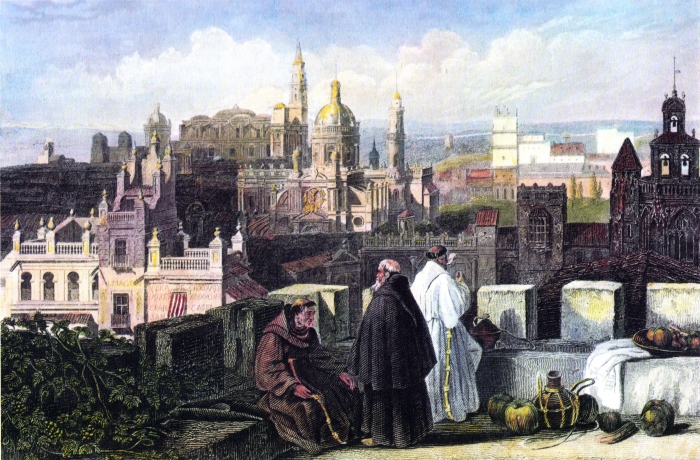
The illustration shows an engraving from 1835 with the Palacio de Villavicencio in the background. Panoramic view of the Alcázar
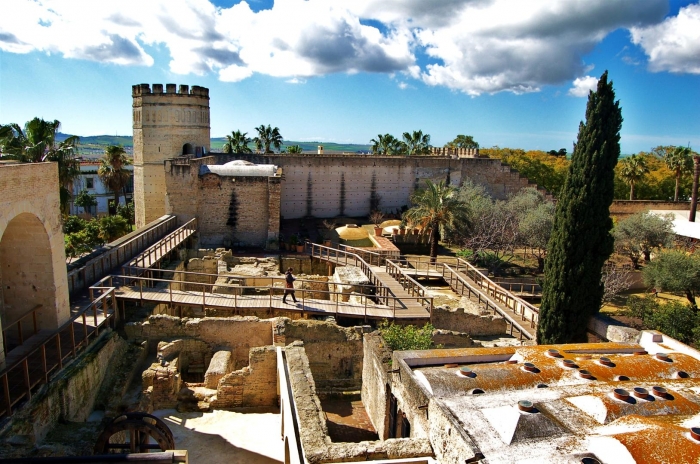
Panoramic view of the Alcazar
It was constructed by the Almohade dynasty from the XII century, at the same time as the fortified city walls which surround the ancient city and speaks of the enormous importance of Jerez during the period of Moorish domination. Although the majority of the surviving Islamic buildings are from this period, recent archaeological excavations have shown the existence of an earlier defensive enclave.
The precincts of the fortress are in a very good state of conservation, and in fact parts have been restored, and give us a revealing journey through the history of Jerez, both during Islamic and Christian times: towers, battlemented walls, dogleg gateways, evocative horseshoe arches, a beautiful parade ground and gardens in which to stroll among orange trees and listen to the relaxing sound of fountains.
Areas of the Alcázar
The city gate
This is the original entrance to the Alcázar and the only access from the city. It is a typical entrance to an Islamic fortification with a dogleg gateway. One enters through a monumental horseshoe arch into a space covered by a pendentive dome.
The mosque
This is a small private oratory and the only surviving mosque of the 18 which existed in Muslim Jerez. Its construction dates from the XII century and it has all the typical elements of these religious buildings including a minaret, the tower whence the call to prayer was made; the patio for ablutions with a central fountain for the ritual of cleansing and purification with water prior to entering the prayer hall. The prayer hall, presided over by its mihrab which shows Muslims the direction of Mecca.
King Alfonso X “The Wise” who conquered the city in 1264, re-consecrated the mosque to the Christian faith, dedicating it to Saint Mary, to whom he also dedicated two canticles, summaries of which appear on two marble slabs above the altar.
The oil press
Among the reforms carried out by Don Lorenzo Fernández de Villavicencio in the XVIII century was the construction of the oil mill. The cultivation of olives was very important to the economy of Jerez and its countryside until the mid XIX century, proof of which is this old device for milling and pressing oil. One can see the old mill with adjacent massive wooden beam press for extracting the oil.
The parade ground
This patio dates from Christian times and was used for training and exercise of the garrison, inspection of the troops and important ceremonies.
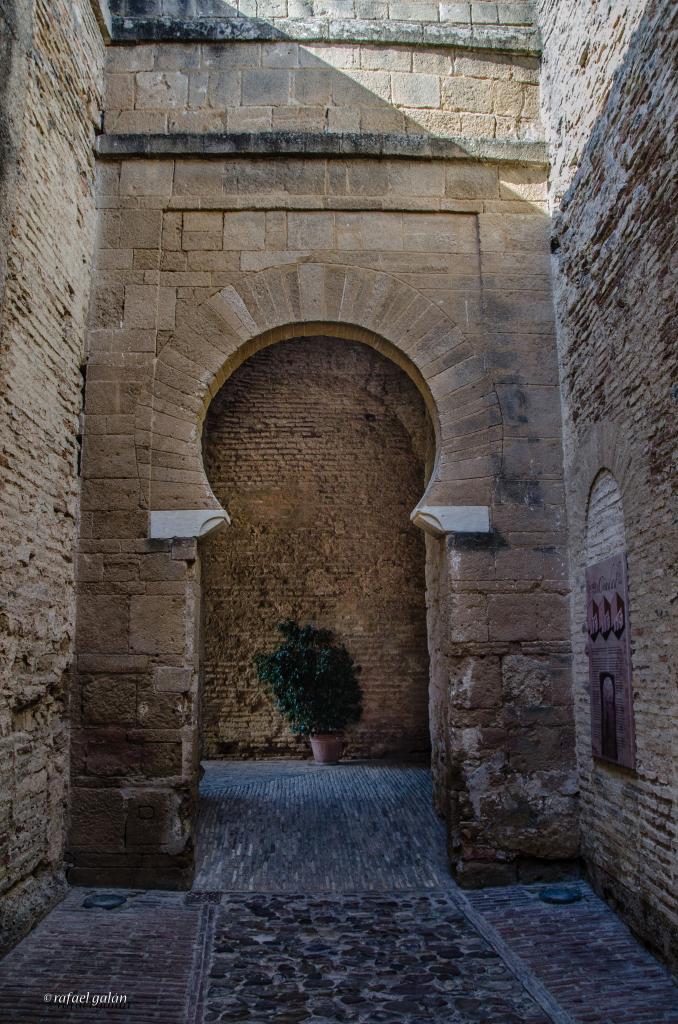
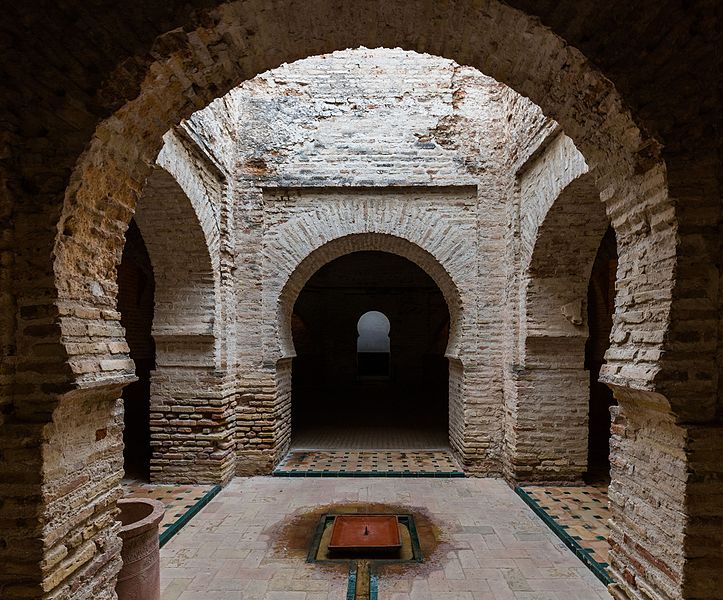
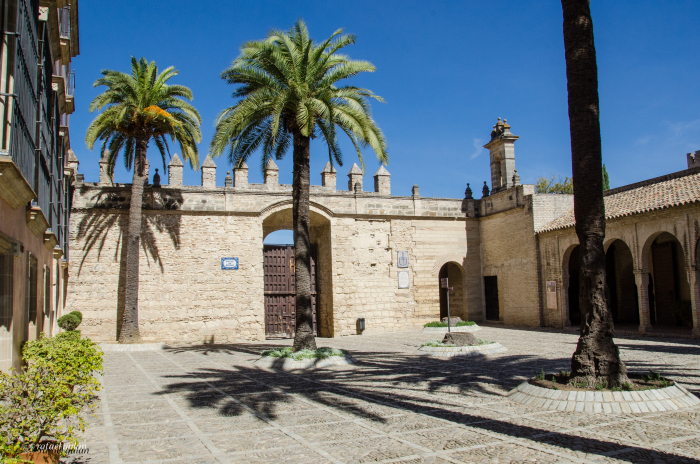
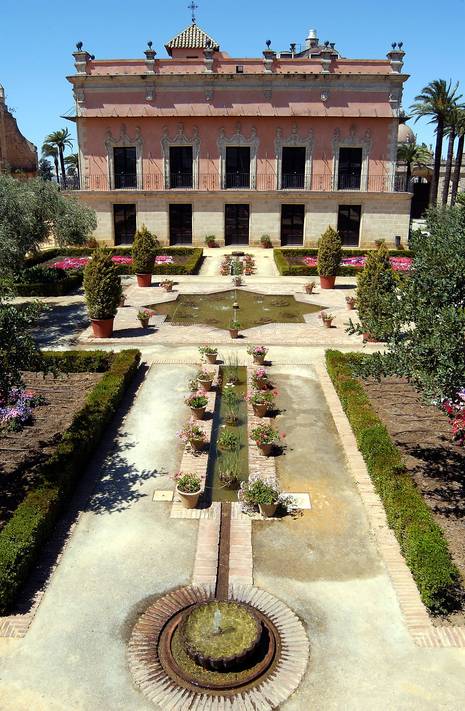
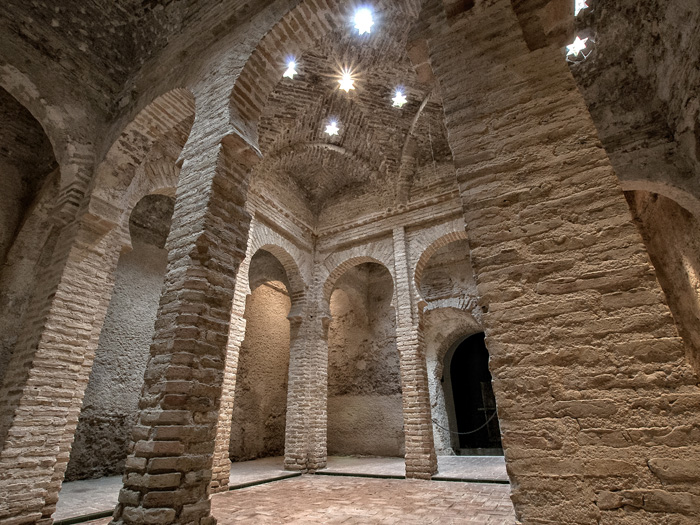
The gardens
The Alcázar has various areas of garden which contain olive and cypress trees, a variety of flowers and ponds with fish. Currently, most of the gardens are accessible and only a small section is still being restored.
Located next to the mill building are the gardens of the “Old Eslava Theatre” which are used for cultural activities.
The baths (hammam)
These were for private use. Apart from being a religious obligation, full ablutions were also a pleasure for the senses. Based on Roman thermae, the baths show the classic division into three spaces:
- The cold room, a transitory area before entering the more humid area.
- The warm room. This is the largest and here massages were received and soap applied to the body. The roof has beautiful vaults, each one different, with star-shaped skylights giving a soft illumination to the room.
- The hot room where steam baths were taken. The temperature here was very high due to the proximity of the boiler and heating system concealed beneath the floor.
The gate to the outside
Of the two gateways to the Alcázar, this one presented the greater defensive problems since it communicated with the lands outside the city, and so it is very narrow with high vaults and a triple dogleg.
The palace of Villavicencio
In 1664 tenure of the Alcázar passed by inheritance to Don Bartolomé de Villavicencio. The Villavicencio family, one of the most powerful in the city and with a noble lineage, began a series of reforms at the Alcázar, among which was the construction of this beautiful baroque palace, built atop the ruins of the older Islamic palace. The rooms on the first floor retain their original beauty and decoration.
On the second floor one can see the old XIX century municipal pharmacy with its original beautifully carved furnishings and a collection of lovely apothecary jars used in those days.
In the palace tower there is a camera obscura, a popular tourist attraction, which allows one a bird’s eye view of the city with the added bonus of being a live moving image. Here one can observe Jerez, its countryside and its monuments as one looks out over the city and its surroundings.
Pavillion of the doña blanca patio
Next to the octagonal tower and supported against the fortress’ main wall is a very tall building which is the only surviving Almohade palace of the old Alcázar. It was originally used as a pavilion of rest and recreation and it had an entrance portico and a swimming pool at the front. The floor plan is square with two lateral sleeping areas and it is roofed with an octagonal cupola like the mosque.
The octagonal tower
(Under restoration)
One of the original towers of the Islamic fortress, it sits at the south corner on the point with the highest elevation making it a magnificent lookout tower with panoramic views from its battlements for watching and controlling the surroundings.
The torre de homenaje or keep
Don Rodrigo Ponce de León ordered the construction of this tower in 1471. This is a medieval keep which was once surrounded by an isolating ditch or moat and it served as a last line of defence and as living quarters. It has a semi-basement and three storeys. From the second one there is access to the chamber of the Islamic tower to which it is annexed.
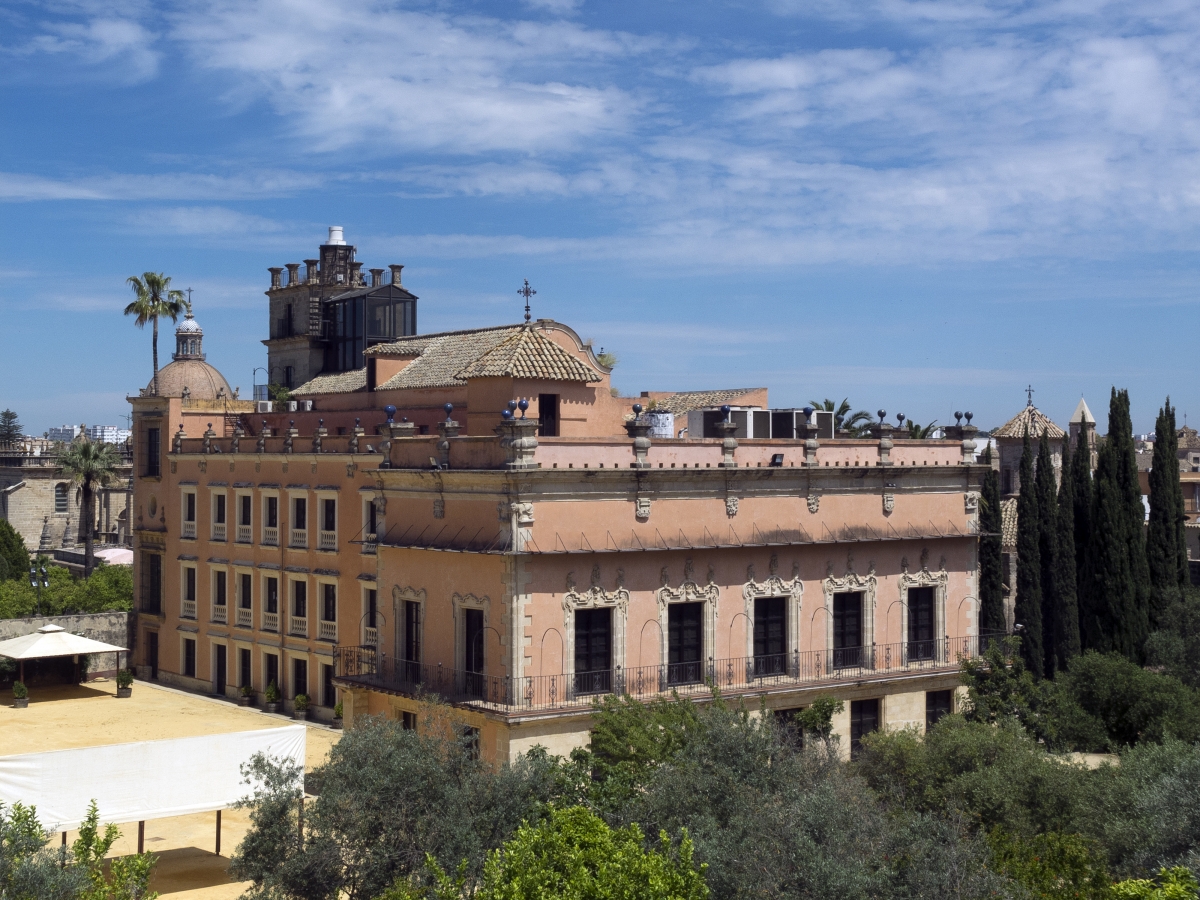
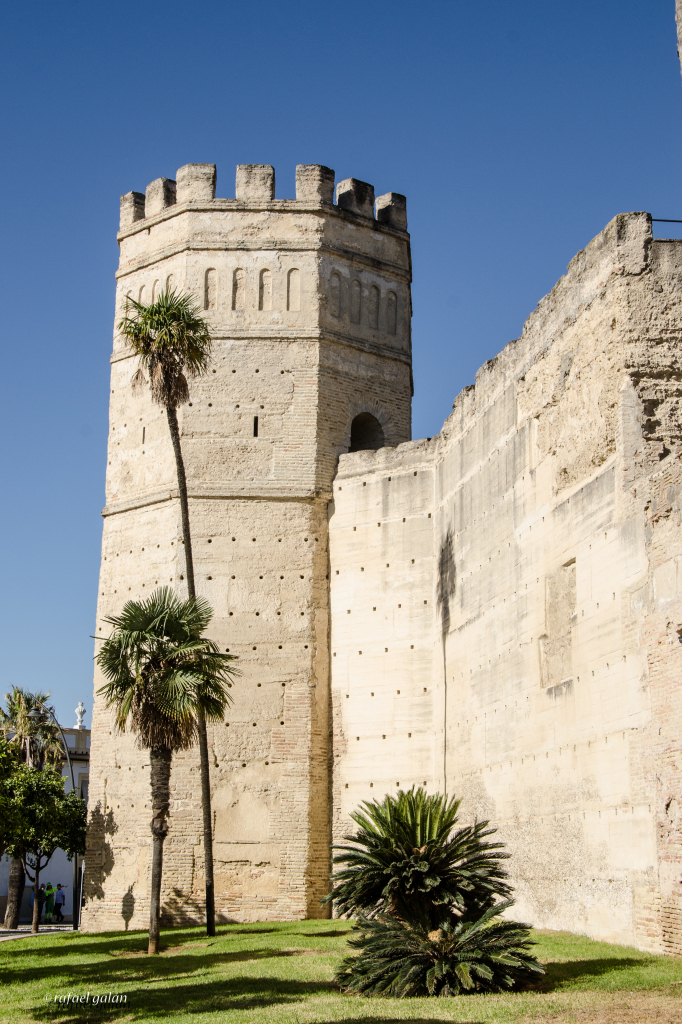

More about Vinoble
Vinoble 2024
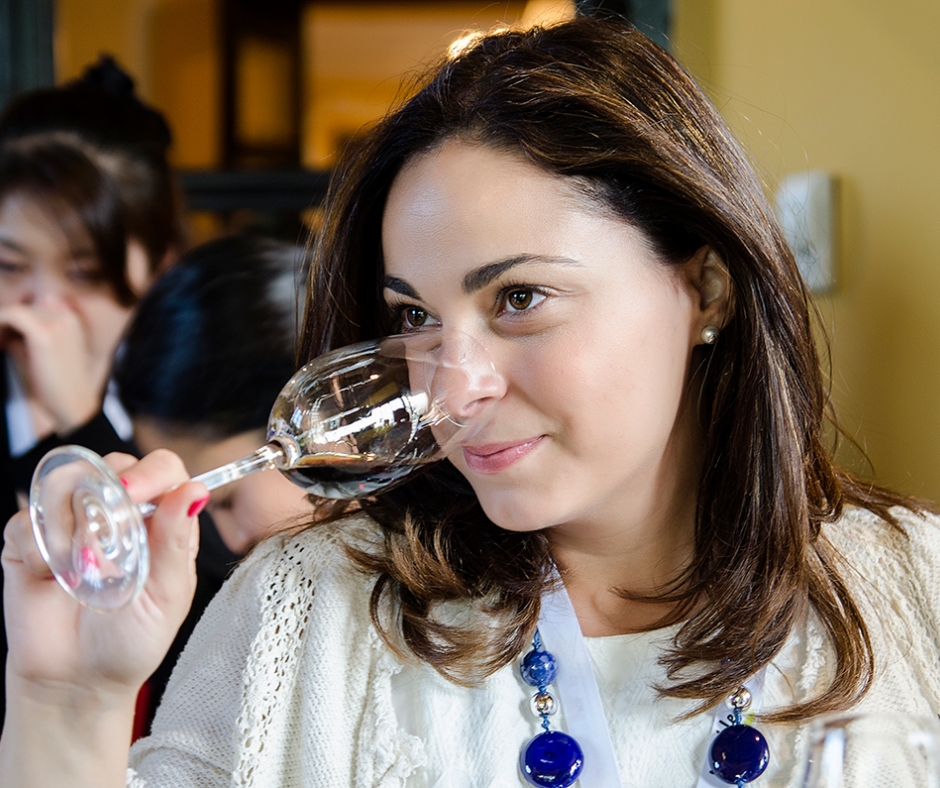
The Exhibitors
Exhibitors from the old and new world will showcase their wines at this years Vinoble.



